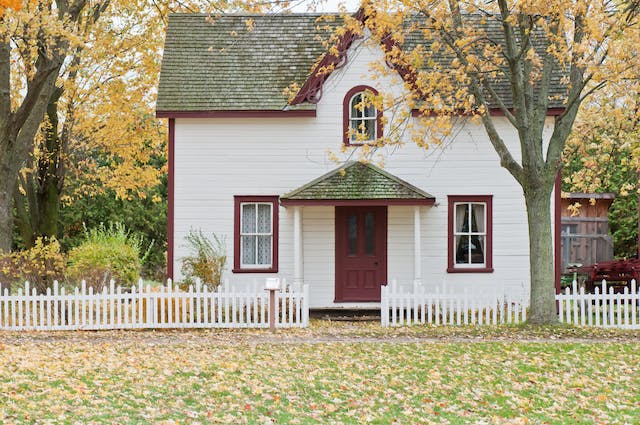Climate change is flexing its muscles, and the effect is being felt in numerous sectors, including home insurance. Rising global temperatures, frequent severe storms, increased flooding, wild fires, and other related disasters are triggering fundamental changes in home insurance policies. Due to climate change, insurance companies are re-evaluating how these risks are assessed and priced.
With increasing damaging natural disasters linked to climate change, the question of who pays for the escalating costs looms large. With specific focus on the home insurance industry, this article delves into how shifting weather patterns and the increasing severity of climate-related disasters are altering the landscape of home insurance.
This exploration covers factors such as how climate change impacts pricing and the availability of home insurance, ongoing industry changes, and steps homeowners might need to consider. All of these elements paint a comprehensive picture of the intersection between climate change and home insurance, providing readers with a clear understanding of what to expect in the unfolding reality of our world’s changing climate.
Understanding the Impacts of Climate Change on Home Insurance
The effects of climate change have far-reaching implications, one of them being a significant shift in the dynamics of home insurance policies. These alterations stem from changes in natural phenomena such as increased temperatures, rising sea levels, and frequency and intensity of extreme weather events.
High-risk Areas & Insurance Accessibility
- Coastal Areas: With rising sea levels, coastal homes are at a higher risk of disasters such as storms, floods and hurricanes. Insurance providers may thus either raise insurance prices significantly or deny coverage altogether for these high-risk areas.
- Wildfire Prone Regions: Increasing global temperatures and protracted dry seasons have led to more frequent and severe wildfires. As a result, home insurance services could become more difficult to access for homeowners in these regions.
- Flood-prone Zones: Increased rainfall and melting of ice caps can lead to major flooding events. Homes in these areas are thus more vulnerable to water damage, sparking higher insurance costs.
Climate Change Mitigation and Insurance Premiums
- Insurance companies are encouraging homeowners to upgrade their homes with climate-resilient features. These upgrades might include better insulation, installation of solar panels, or reinforced roofing. Homeowners who take these steps can expect to see reductions in their insurance premiums.
- On the other hand, homeowners who fail to adopt such measures may face increased premiums as they are viewed as higher risk.
Climate Change and Liability Coverage
Climate change may also impact the liability coverage of home insurance policies. For instance, extreme weather events could lead to property damage extending beyond the insured home, potentially causing disputes with neighbors. This situation might necessitate broader and more comprehensive liability coverage.
Need for Adequate Insurance: Balancing Act
Given these evolving risks, homeowners must undertake a delicate balancing act. They must ensure they have sufficient insurance to protect their homes against climate-related risks without paying for unnecessary coverage. This requires understanding their geographical vulnerabilities and taking appropriate countermeasures.
Final Thoughts
Climate change is reshaping the landscape of home insurance, requiring both homeowners and insurers to evolve and adapt. By paying heed to environmental shifts and responding with fitting precautions, homeowners and insurers alike can create lasting strategies that stand up against the climate-related challenges of tomorrow.
Conclusion
In conclusion, climate change has a profound impact on home insurance policies. Our planet’s changing climate, marked significantly by global warming, erratic weather patterns, increased flood risks, and rising sea levels, has led to drastic alterations in the way insurance companies evaluate risk and develop their home insurance policies.
- Increased Premiums: Due to the escalating risk of natural disasters and weather-related damages, insurance companies are increasing their premiums, causing a financial burden for homeowners.
- Restructuring Policies: Insurance companies are also restructuring their policies, emphasizing more on climate risk analysis, and insuring high-risk properties only at higher costs.
- Policy Limitations: There are more limitations being applied to policies. For instance, new flood policies are only issued for properties in recognized flood zones.
- Investing in Resilience: Recognizing the demand for preventative measures, some insurers offer premium deductions to homeowners investing in resilience-improving renovations like fire-resistant siding or hurricane-proof windows.
While these changes are necessary for the insurance industry’s survival, it’s also crucial to approach the issue from a broader perspective. Efforts must be made collectively at national and global levels to mitigate the effects of climate change and to ensure homeowners don’t bear disproportionately high costs.

